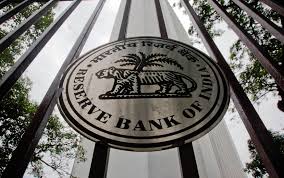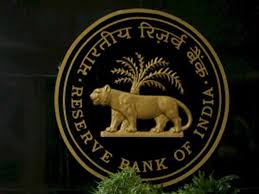 Due to the widespread of COVID-19 and social distancing norms and consequential restrictions linked thereto, MCA has received several representations to allow companies to hold their Annual General Meeting for the financial year ended on 31st March, 2020 beyond the statutory period provided in section 96 of the Companies Act, 2013.
Due to the widespread of COVID-19 and social distancing norms and consequential restrictions linked thereto, MCA has received several representations to allow companies to hold their Annual General Meeting for the financial year ended on 31st March, 2020 beyond the statutory period provided in section 96 of the Companies Act, 2013.
The matter was examined and MCA clarified vide General Circular No. 20/2020, dated 05.05.2020 regarding holding of AGM through video conferencing (VC) or other audiovisual means (OAVM), the companies which were unable to hold their AGM were advised to prefer applications for extension of AGM at a suitable point of time before the concerned Registrar of Companies under Section 96 of the Act.
MCA, in this regard, vide General Circular no. 28/2020 dated 17th August,2020 has issued clarification on extension of Annual General Meeting for the financial year ended as at 31.03.2020.
Provisions of holding Annual General Meeting (AGM) as per Companies Act, 2013.
According to section 96 of the Companies Act, 2013, companies are to hold their Annual General Meeting (AGM) within a period of 6 months from the date of closing of the financial year and companies which are to hold their first AGM shall be held within a period of 9 months from the date of closing of the financial year of that company.
The Ministry once again reiterated that the companies which are unable to hold their AGM for the financial year ended on March 31, 2020, despite availing the relaxations provided in MCA General Circular No. 20/2020 ought to file their applications in E-Form GNL-1 for seeking an extension of time in holding of AGM for the financial year ended on March 31, 2020, with the concerned Registrar of Companies on or before 29th September, 2020.
Also the Ministry has directed Registrars of Companies to consider all such applications (Filed in E-Form GNL-1) liberally in view of the hardships faced by the stakeholders and to grant an extension for the period as applied for (up to three months i.e. 31st December) in such applications.
Procedure to file Application seeking extension of time for holding Annual General Meeting:
| 1. | Chairman /Director of the company shall call for a meeting of Board of Director for which a notice must be send at least 7 days before holding of Meeting of Board. |
| 2. | Convene a Board Meeting on the specified date. |
| 3. | Pass a resolution for extension of time limit for holding annual general meeting specifying the due reason for extension of AGM. |
| 4. | File an application to Registrar of Companies in E-Form No. GNL-1. (Reason for not holding AGM, along with other necessary information to be provided) |
| 5. | Attach the Certified true copy of the Board Resolution in E-Form-GNL-1. |
| 6. | The registrar will examine the application on the specific grounds and grant an extension. |
Obtain the Certificate of Grant of extension in holding Annual General Meeting of the Company.
Convening of Annual General Meeting in extended period:
Once the extension is granted, the company may convene the Annual General Meeting of the Company within the period as allowed by the Registrar of Companies.





